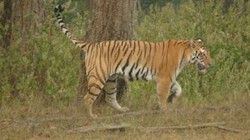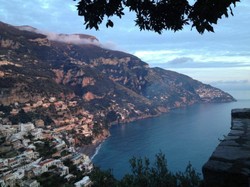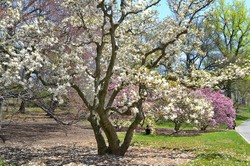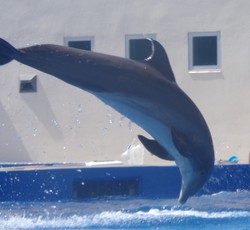Bandhavgarh boasts of amazing biodiversity with tigers at the top of the food chain. It is renowned for its floral wealth along with amazing fauna. There are more than seventy-five tigers breeding in the tiger reserve and the National Park. It is also home to ancient relics some of which can be visited on a tiger safari. These are more than two thousand years old built by the tribal who ruled the forests of Bandhavgarh.

Full Day Safari in Bandhavgarh
by pateluday
Bandhavgarh is a little paradise famous for its tigers and ancient relics. It is the jewel in the crown of Madhya Pradesh State in Central India. It is also known as Tiger Reserve
Bandhavgarh National Park
Bandhavgarh is situated in Umaria and Shahdol District and comprises more than 1536 sq. km as a tiger reserve. Of 1536 sq. km 716.90 is the core area that is inviolate and the rest 820.03 is the buffer.
Twenty percent of the core zone is slated for tourism and divided into three.
- Tala
- Magadhi
- Khitauli
These zones are subject to tiger safari or game rides. The rides are conducted early morning and at the onset of dawn and then from afternoon till dusk. The safaris are booked at the MPONLINE Portal and respective gates.
Full Day Safari
Bandhavgarh
Bandhavgarh also offers other options for game rides. There is an option of a full-day safari where one can visit all the zones. The tourist jeep can enter half an hour earlier than those on general safari and exit half an hour late. This game ride is ideally suited for wildlife photographers and filmmakers.
Those interested in a full-day safari at Bandhavgarh can book it at the director's office. The office is situated at Umaria at a distance of 32 km.
Bandhavgarh can be reached from Jabalpur Airport at a distance of 175 km. It can also be reached from nearby towns and Khajuraho at a distance of 200 plus km
Wildlife at Bandhavgarh
Bandhavgarh is rich in faunal wealth. It is home to tigers, leopards, sloth bears, bison, wild dogs, jackals, foxes, rhesus macaque, langur, and wild boar. Among the antelopes, Bandhavgarh is the habitat of Nilgai, Chausingha, and Indian gazelle.
The deer species found are the spotted deer, barking deer, and sambar deer. The tiger reserve is also the habitat of nocturnal animals like the porcupine, civet cats, and a large number of reptiles.
The bird species abound at the National Park and the Tiger Reserve and almost two hundred fifty avians inhabit the forests. This figure includes winter migrants from the Palearctic region. The best time for birding is winter although summer is good for the resident birds.
Bandhavgarh is the best place to photograph wildlife and make documentaries. Hence a large number of wildlife photographers and filmmakers visit the reserve. The major draw is the domestic and overseas tourists.
You might also like
Affordable Italy: 6 Tips for Traveling on a BudgetVisiting Italy is a dream of many...but is it too expensive to turn into a re...
The New York Botanical GardenThe New York Botanical Garden is a beautiful place to visit throughout the ye...
Forgotten Florida: Marineland Oceanarium and AquariumBefore Walt Disney World and Seaworld there was Marineland. Learn the history...






 SEO Campaign: Website Overhaulon 02/13/2023
SEO Campaign: Website Overhaulon 02/13/2023
 Indian Food It Is Not All Curryon 02/08/2023
Indian Food It Is Not All Curryon 02/08/2023
 How Tiger Tourism is Organized in India?on 02/07/2023
How Tiger Tourism is Organized in India?on 02/07/2023
 Gir National Park the Asiatic Lion's Last Strong Hold Is In Indiaon 02/05/2023
Gir National Park the Asiatic Lion's Last Strong Hold Is In Indiaon 02/05/2023




Comments
Buses and taxis
abundance of flowering plants
Yes
No only one core zone
Buses, taxis
Management by forest official
One time pan
At the break of dawn. Afternoon safari is usually 3pm in winters and 4 pm insummers.
Ruined Fort. Temples, stable, and courts in the cave
The last sentence to your second subheading, Full day safari, indicates that "Bandhavgarh can be reached from Jabalpur Airport at a distance of 175 km. It can also be reached from nearby towns and Khajuraho at a distance of 200 plus km."
What is the type of transportation that would be available for traversing from these locations to Bandhavgarh? Might it be private vehicles and private or public buses and trains?